Description
This salt has the modality of sulphur it is used to clean an accumulation of heteroplasm in the interstices of tissue to causes the infiltrated parts to discharge their contents readily and throw off decaying organic matter, so it may not lie dormant or slowly decay and thus injure the surrounding tissues
A lack of this salt allows suppuration to continue too long it controls suppuration a decay of epithelial cells, after the infiltrated parts have discharged the

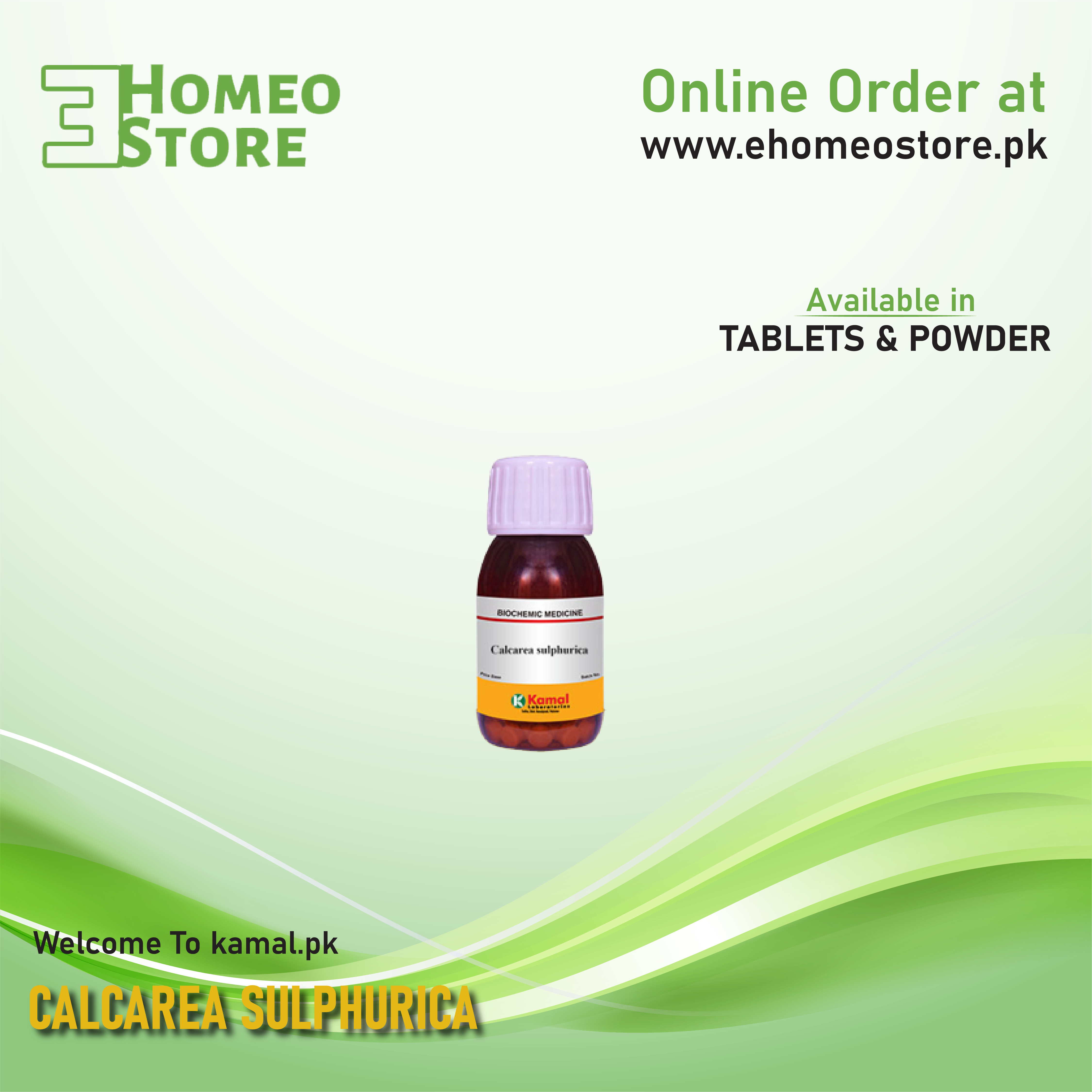
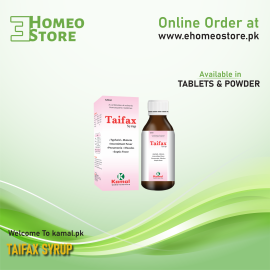
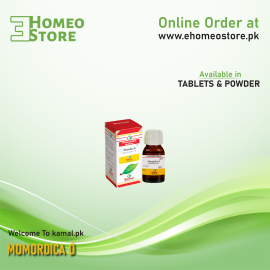
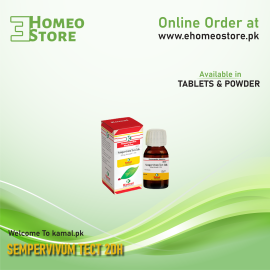
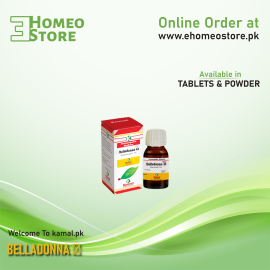
Reviews
There are no reviews yet.